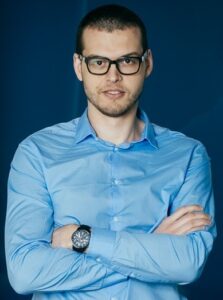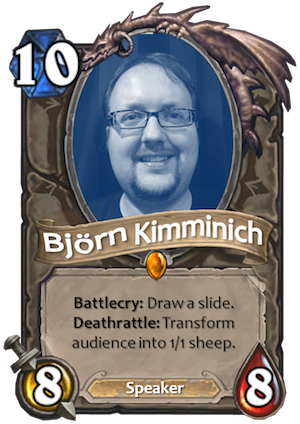April 16, register now!
Hear ye, hear ye – after a short break Agile Saturday is back and it’s almost here!
So clean your schedule for April 16th and see you at the Agile Saturday XII at Hotel Euroopa!
Register at Eventbrite
To all the newcomers – come and see what the fuss around Agile is all about; to all the oldies – come and hear what your peers and colleagues have to say about recent developments and news in the Agile scene.
So here is what we have for you on the XII Agile Saturday:
The first Keynote is Brendan Marsh from Spotify talking about “Spotify Running: Lessons learned from building a ‘Lean Startup’ inside a big tech company”
In the management track we have:
Hanno Jarvet from Jarvet Consulting talking about “Defining and executing a portfolio strategy”
Kristjan-Hans Sillmann and Alek Kozlov talking about “The agile journey of Telia Estonia: experiments and discoveries.”
Ari Tikka from Gosei OY talking about “From Tayloristic to Agile organization”.
In the technical track we have:
Björn Kimminich from Kuehne + Nagel talking about “#NoComments /* about the worthlessness of comments in clean code *.”
Jaan Pullerits from CyberCat Creations talking about “Building microservices with Esticade framework.”
But this is not all- we also have:
Jaanus Soots from Skype talking about “My personal experience with innovation in product team.”
Filips Jelisejevs talking about “What are they hiding from you – dark(er) side of SCRUM and Building Xanadu.”
Priit Kaasik from FlowHow talking about “Too many ways to improve Scrum? Take them all!”
And of course there is going to be an afterparty as well so you can mingle some more with all the great people you met during the day.
Sounds good so far? Well this is still not all- we have more speakers coming, so stay tuned for more updates about the agenda and speakers!
You may also check our FB page for updates.
See you already on the 16th of April!
April 16, register now! Read More »

 We are glad to tell you that after a short break we are back! So book the date in your calendar (16th of April) and submit your abstract or several abstracts as the
We are glad to tell you that after a short break we are back! So book the date in your calendar (16th of April) and submit your abstract or several abstracts as the 







 Test Driven Development: An Essential Practice To Go Fast
Test Driven Development: An Essential Practice To Go Fast



